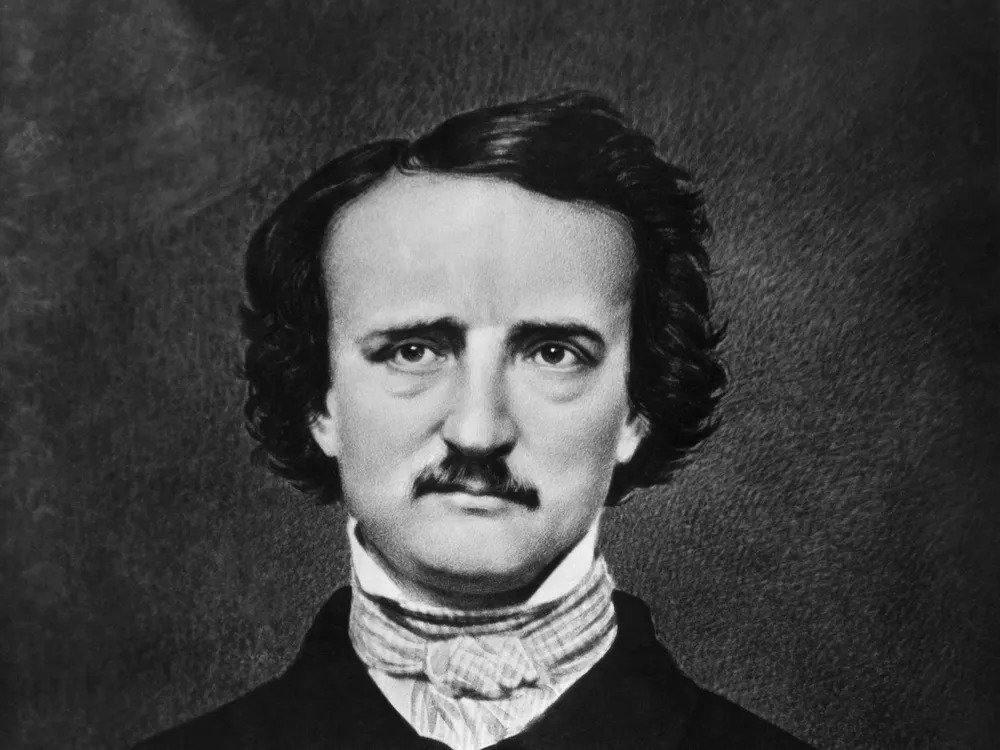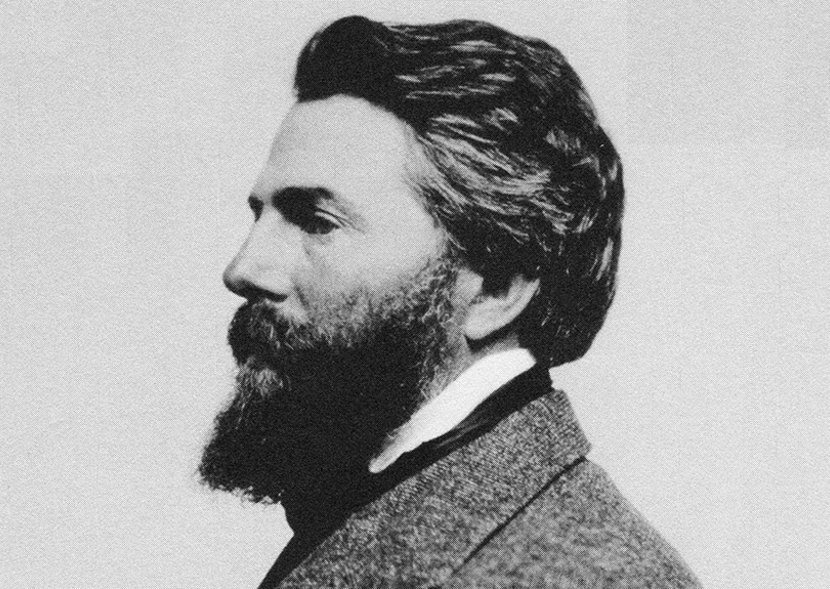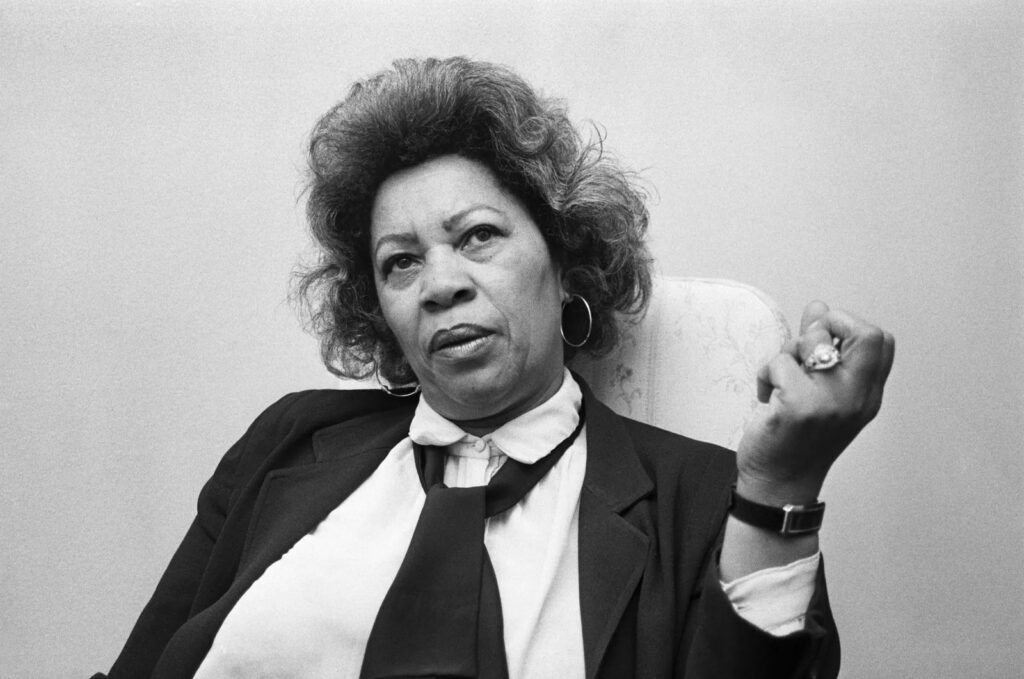Table of Contents
ToggleTop 10 Interesting and Lesser-Known Facts about American Literature
The broad and varied corpus of American literature captures the historical, social, and cultural experiences of the country. It started during the colonial era with writers who wrote on theological topics, such as Jonathan Edwards and Anne Bradstreet, and it grew considerably after the American Revolution with the advent of writers who were uniquely American, such as James Fenimore Cooper and Washington Irving.
Major writers that tackled darker issues of human nature and society in the 19th century were Herman Melville, Nathaniel Hawthorne, and Edgar Allan Poe. In the meantime, authors such as Henry David Thoreau and Ralph Waldo Emerson promoted transcendentalism, a school of thought that placed a strong emphasis on individualism and a close relationship with nature.

The American Realism movement began in the late 19th and early 20th centuries, with authors such as Mark Twain and Henry James emphasizing social themes and ordinary life. African American writers who praised black culture and identity, such as Zora Neale Hurston and Langston Hughes, were prominent figures in the 1920s Harlem Renaissance, a significant cultural movement.
Modernist themes gained prominence in the mid-1900s thanks to writers like F. Scott Fitzgerald, Ernest Hemingway, and William Faulkner; postmodernism appeared later and was popularized by authors like Don DeLillo and Thomas Pynchon. American literature is still changing, with a wide variety of voices and viewpoints reflecting the complexity of modern life.
This blog explores ten such fascinating facts, shedding light on the intricacies and hidden gems of American literary history.
1. The First American Novel Was Published in 1789
William Hill Brown’s The Power of Sympathy, one of the first American books, was released in 1789. It is frequently cited as the founding work of American literature and is commonly regarded as the first American book. The Power of Sympathy is an epistolary novel that explores love, morality, and the fallout from adulterous relationships through a chain of letters. Even though it isn’t read by many people these days, the book paved the way for later American authors to examine topics of morality, societal complexity, and individual freedom.
Another way to look at Brown’s art is as a mirror of early American culture, which was still developing after winning independence from Britain. This novel’s themes of moral virtue and education are in line with the ideals and issues of the emerging American republic.
2. America’s First Major Literary Movement Was Transcendentalism
The first distinctly American literary and philosophical movement was transcendentalism. It began in the early 1800s, spearheaded by authors such as Henry David Thoreau and Ralph Waldo Emerson. The movement combined distinctively American concepts of individuality, nature, and self-reliance with European Romanticism, which had a significant influence.
Thoreau’s Walden (1854) and Emerson’s Nature (1836) are two of the movement’s most important publications. They stress the significance of one’s own intuition, the unity of all living things, and the spiritual significance of the natural world. These topics continue to be a vital component of the American literary heritage and later impacted a great number of American writers and intellectuals.
The relationship between transcendentalism and social reform is a little-known aspect of it. The abolitionist movement, which promoted the eradication of slavery in America, included many Transcendentalists. Additionally, the movement set the foundation for following progressive social movements like ecology and women’s rights.
3. The Father of American Short Stories, Washington Irving
Short stories were vital to the growth of American literature, even as novels started to take shape in the late 18th century. Many people consider Washington Irving to be the founder of American short fiction. Famous stories including “The Legend of Sleepy Hollow” and “Rip Van Winkle” were included in his 1819 collection The Sketch Book of Geoffrey Crayon, Gent.
It’s interesting to note that Irving used a pseudonym when The Sketch Book was initially published in England. Irving’s contributions played a major role in introducing American literature to a global readership. Irving was a gifted storyteller who also skillfully incorporated folklore into an American setting to create tales that were not only uplifting but also profoundly reflected of the ideals, issues, and identity of the nascent nation.
4. Harriet Beecher Stowe’s Uncle Tom’s Cabin Helped Fuel the Abolitionist Movement
Uncle Tom’s Cabin, written by Harriet Beecher Stowe in 1852, was a major influence in the shift in public perception of slavery in the US. Although the novel’s influence is well known, less is known about how much of an impact it had on both the North and the South in the years leading up to the Civil War. Many people in the North felt a personal connection to the slavery issue because of Stowe’s detailed depiction of the atrocities of slavery, which had a powerful emotional impact on readers.
Coming from a well-known family of social reformers, Stowe wrote the book following the Fugitive Slave Act of 1850, which mandated that runaway slaves be returned to their owners. The novel became quite popular very quickly. It is well known that when Abraham Lincoln first met Stowe, he reportedly commented, “So you’re the little woman who wrote the book that started this great war?”
It’s interesting to note that Uncle Tom’s Cabin was a best-seller in Europe as well, especially in Britain, where it contributed to the abolitionist movement’s global support. The work has faced criticism over the years for how it portrays African American characters, especially Uncle Tom, whose acceptance of his fate has been seen by some as problematic, despite its widespread readership.

5. Detective Story Genre Was Invented by Edgar Allan Poe
Edgar Allan Poe created the contemporary detective fiction, even though he is most recognized for his ghoulish poetry and stories like The Raven and The Tell-Tale Heart. Poe is credited with creating the detective fiction and mystery genres with his short story The Murders in the Rue Morgue (1841), which is regarded as the first detective narrative.
Poe created the clever amateur detective C. Auguste Dupin in The Murders in the Rue Morgue. Dupin uses astute observation and logical reasoning to solve murders. Later, well-known fictional detectives, such as Agatha Christie’s Hercule Poirot and Arthur Conan Doyle’s Sherlock Holmes, were modeled after Dupin.
Poe is largely overlooked as the creator of the detective genre, despite his enormous effect on it. The Edgar Awards, established in his honor, acknowledge his contributions to the genre and are presented annually to the greatest mystery novels.
6. The Adventures of Huckleberry Finn by Mark Twain Was Originally Banned
One of the most well-known pieces of American literature is Mark Twain’s Adventures of Huckleberry Finn (1884), which is frequently commended for its portrayal of morality and race in America prior to the Civil War. But the work received a lot of negative press when it was initially released, and numerous libraries and schools banned it.
Huckleberry Finn was first criticized by some who thought it was too obscene or coarse for young readers, mainly because it used colloquial language and showed a young kid running away from “civilized” society. The book has caused controversy over the years, especially with regard to how race is portrayed and how often racist epithets are used.
Despite these difficulties, Huckleberry Finn is now considered by many to be a classic and a crucial component of the canon of American literature. Readers still find resonance in its examination of issues like racism, individual freedom, and the moral complexity of interpersonal relationships.
7. Throughout her life, Emily Dickinson published fewer than a dozen poems
One of the greatest poets in American history, Emily Dickinson wrote around 1,800 poems during her lifetime. Less than a dozen of her poems were published during her lifetime, and those that were were highly edited and released anonymously.
Dickinson’s poems stood out for their unorthodox form, which included slant rhyme, short lines, and irregular meter. Her art was frequently too avant-garde for the preferences of her peers, which could account for her lifelong obscurity. Her writings were not gathered, edited, and published posthumously until after her death in 1886.
Dickinson, who is renowned for her examination of subjects like death, immortality, and the inner life, is now regarded as one of the most significant poets in American literature. Literary historians and readers find her to be an intriguing figure due to her contemplative poems and her solitary existence.
8. How World War I Shaped the Writers of the Lost Generation
A group of American writers known as “The Lost Generation” came of age during or after World War I and were demoralized by the conflict and its aftermath. Prominent authors such as T.S. Eliot, Gertrude Stein, F. Scott Fitzgerald, and Ernest Hemingway were among this group. Their art frequently captures the post-war feelings of isolation, cynicism, and loss of faith.
The Lost Generation had a close relationship with Paris, which is a little-known truth. In the 1920s, many of these writers established a close-knit group while living as expatriates in Paris. The phrase “Lost Generation” is frequently attributed to Gertrude Stein, whose Paris salon served as a meeting venue for a number of these authors.
Two classic books from the Lost Generation, The Sun Also Rises by Ernest Hemingway (1926) and The Great Gatsby (1925) by F. Scott Fitzgerald, explore the themes of moral degradation, disillusionment, and the search for purpose in a post-war world.

9. Toni Morrison Was the First African American Woman to Win the Nobel Prize in Literature
A significant turning point in American and global literary history was reached in 1993 when Toni Morrison became the first African American woman to win the Nobel Prize in Literature. Morrison’s books, such as Beloved
It is impossible to overestimate Toni Morrison’s influence on American writing. Her books on African American identity, history, and the lingering effects of slavery include Beloved, Song of Solomon, and The Bluest Eye. Morrison cemented her place in the annals of great American writers when she became the first African American woman to win the Nobel Prize in Literature in 1993.
Morrison’s literary style is distinguished by its lyrical prose, nuanced character development, and profound exploration of themes related to race, gender, and memory. Her writing touches on universal issues of trauma, resiliency, and the yearning for belonging in addition to the African American experience. She continues to inspire new generations of authors and readers with her impact on American literature.
10. The Influence of Native American Oral Traditions on American Literature
The literary legacy of the United States has been greatly influenced by European literature, but Native American oral traditions have also had a big impact. Orally transmitted from generation to generation, Native American myths, stories, and traditions reveal profound ties to community, spirituality, and the natural world.
These traditions have been incorporated into the works of writers such as N. Scott Momaday, Leslie Marmon Silko, and Louise Erdrich, who have blended Native American storytelling methods with Western literary genres. With their exploration of identity, displacement, and survival, these writers present a distinctive viewpoint on the history and culture of America. Through the introduction of varied perspectives and tales that contest prevailing historical narratives, Native American literature has enhanced the canon of American literature.
Conclusion
The diversity of voices, genres, and topics found in American literature captures the complexity of the country’s history and culture. American literature has evolved over time, giving fresh viewpoints and questioning long-held beliefs, from the pioneering novels of the 18th century to the ground-breaking creations of modern authors. These lesser-known facts highlight the breadth and complexity of the American literary canon and serve as a helpful reminder that reading should be done for more than just enjoyment; it should also be done to better comprehend and shape the world we live in.

